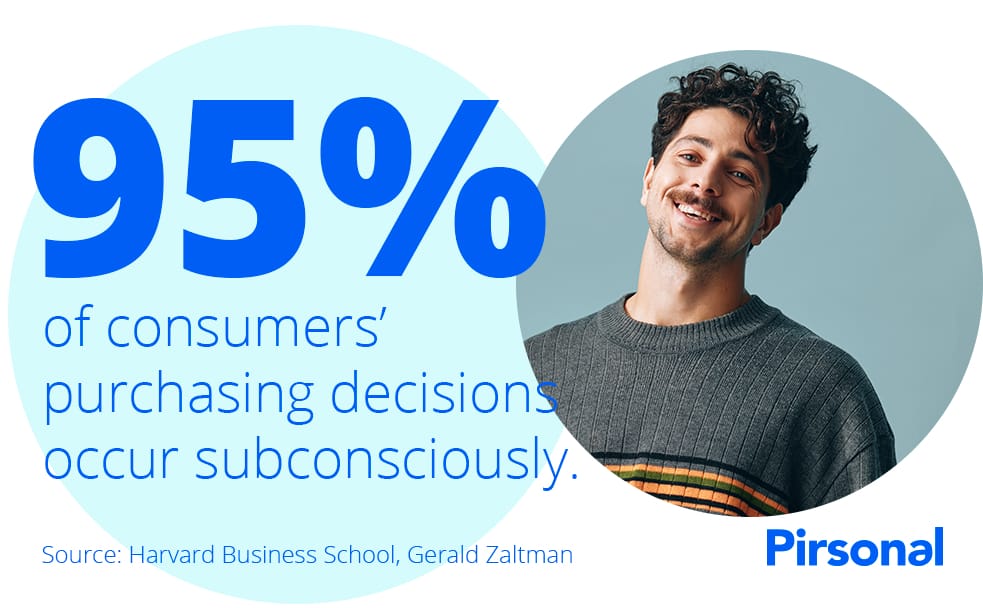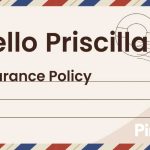Marketing leaders often encounter a great deal of information overload. Similarly, customers struggle to determine if a product or service is suitable.
With short attention spans and fierce competition, merely listing features and benefits is ineffective. Consequently, successful brands are adopting storytelling as a powerful tool.
How can storytelling be leveraged throughout the customer journey?
This article will not only explain the “why” behind storytelling’s importance but also provide a clear roadmap for weaving a compelling narrative that resonates with customers at every touchpoint.
Understanding the Customer Journey
Before diving into storytelling, let’s establish a foundation. The customer journey is the dynamic roadmap a customer takes as they interact with your brand, from initial awareness to post-purchase engagement.
It typically encompasses stages like awareness, consideration, decision, purchase, and advocacy. Understanding the customer journey is vital for a successful marketing strategy.
Each stage presents an opportunity to connect with the customer and influence their decisions.
Why Storytelling Matters

Most buyers make decisions subconsciously
Human beings are wired to connect with stories. Stories evoke emotions, create a sense of connection, and make information more memorable.
These emotions drive people to buy.
Studies show that the vast majority of buyers make decisions based on these emotions. This is one of the reasons why emotional motivators are strategically used in video ads, sales, and marketing campaigns.
In the context of marketing, storytelling allows you to:
- Cut through the clutter: In a sea of cold marketing messages, a well-crafted story grabs attention and holds it. Today’s marketing takes this to the next level with personalization and individualization. Say “goodbye” to one-fits-all marketing.
- Build emotional connections: Facts and figures tell, stories sell. By tapping into emotions, you create a deeper connection with your audience. This is why we love personalized videos at Pirsonal. Personalized videos help you tailor the content of the videos based on the emotional motivator every viewer needs to truly engage with your organization.
- Make information relatable: Complex features become easily digestible when presented within a relatable narrative. In our experience, the most powerful way to achieve this is video. Watch the following personalized video example that makes a complex concept like mortgage forbearance easy to understand.
- Drive action: Stories inspire and motivate. By showcasing the transformation a customer experiences with your product, you can encourage others to take the next step. Calls-to-action are a must-have in marketing and sales, and when you align them with your audience’s goals and the story, you increase conversions.
Storytelling Throughout the Customer Journey
Now, let’s explore how to leverage storytelling at each stage of the customer journey:
1. Awareness Stage:
- Problem/Solution Narrative: Identify the common pain points your target audience faces and craft a story that showcases the challenges and the transformative power of your solution.
- Example: Imagine a software company that helps small businesses manage finances. Their awareness campaign could feature a fictional small business owner overwhelmed by invoices and spreadsheets. The story could then show how their software simplifies financial management, leading to increased productivity and peace of mind.
2. Consideration Stage:
- Customer Testimonials: Showcase real-life stories of customers who have benefited from your product or service. Testimonials add authenticity and humanize your brand. If your lead is already in your CRM or marketing automation software of choice, consider using personalization to make the information more relatable and relevant.
- Example: An athletic apparel company could feature video testimonials from athletes who use their clothing to achieve their goals. These stories provide social proof and build trust in the brand.
Engaging with potential customers through email, WhatsApp, or text messages? Leverage the power of personalized videos with Pirsonal to truly connect with them and set yourself apart from your competitors. Stand out and make a lasting impression.
3. Decision Stage:
- Case Studies: Present detailed stories that showcase the specific results achieved by other customers who faced similar challenges. Case studies provide data-driven evidence of your product’s effectiveness.
- Example: A marketing automation platform could share a case study detailing how a company increased their conversion rate by 20% using their software. This story equips potential customers with the information they need to make a confident decision.
4. Purchase Stage:
- Brand Story: Share your company’s story – its mission, values, and origin. This helps customers connect with the purpose behind your brand and creates a sense of loyalty.
- Example: A sustainable clothing brand could highlight their commitment to ethical manufacturing and eco-friendly materials throughout their purchase process. This messaging resonates with customers who value these principles.
5. Advocacy Stage:
- User-Generated Content: Encourage customer storytelling by creating contests or campaigns that prompt them to share their experiences with your brand.
- Example: A coffee company could host a social media contest where customers share their favorite coffee brewing stories. This leverages the power of customer advocacy and creates organic content that resonates with a wider audience.
Crafting Your Story
Now that you understand where to integrate storytelling, here are some additional tips for crafting compelling narratives:
- Know your audience: Tailor your stories to your target customer’s needs, desires, and pain points. This is the secret to effective personalization in marketing, which we encourage you to use to amplify the impact of the stories you share in your marketing.
- Focus on the hero’s journey: Many great stories follow a similar structure – a protagonist faces a challenge, overcomes obstacles, and achieves a goal. Adapt this structure to your customer’s journey with your brand.
- Emotional connection: Weave emotions into your narrative to create a deeper connection with the audience.
- Authenticity: Be genuine and transparent in your storytelling. Customers can identify with real-life struggles and solutions.
- Multiple formats: Experiment with different storytelling formats like videos, blog posts, case studies, and social media content.
Conclusion
Storytelling is a powerful tool that can transform your customer journey from a series of transactions to a compelling narrative.
By understanding its importance and strategically integrating stories at every touchpoint, you can build deeper connections with your audience, nurture brand loyalty, and ultimately drive sales.
Remember:
- Storytelling is an ongoing process. As your customer journey evolves, so should your stories. Continually gather customer feedback and refine your narratives to remain relevant and impactful.
- Data drives the story. Don’t let your storytelling become purely anecdotal. Use data and customer insights to support your narratives and make them even more convincing. Leverage the power of video and personalization to dynamically engage with every customer.
- Measure your results. Track the impact of your storytelling efforts on key metrics like brand awareness, engagement, and conversion rates. This data will help you refine your strategy and optimize your storytelling for maximum ROI.
By embracing the power of storytelling, you can create a customer journey that is not just informative, but also engaging and memorable. Incorporating stories into your marketing will help your brand stand out in a crowded marketplace and forge lasting connections with your customers.

